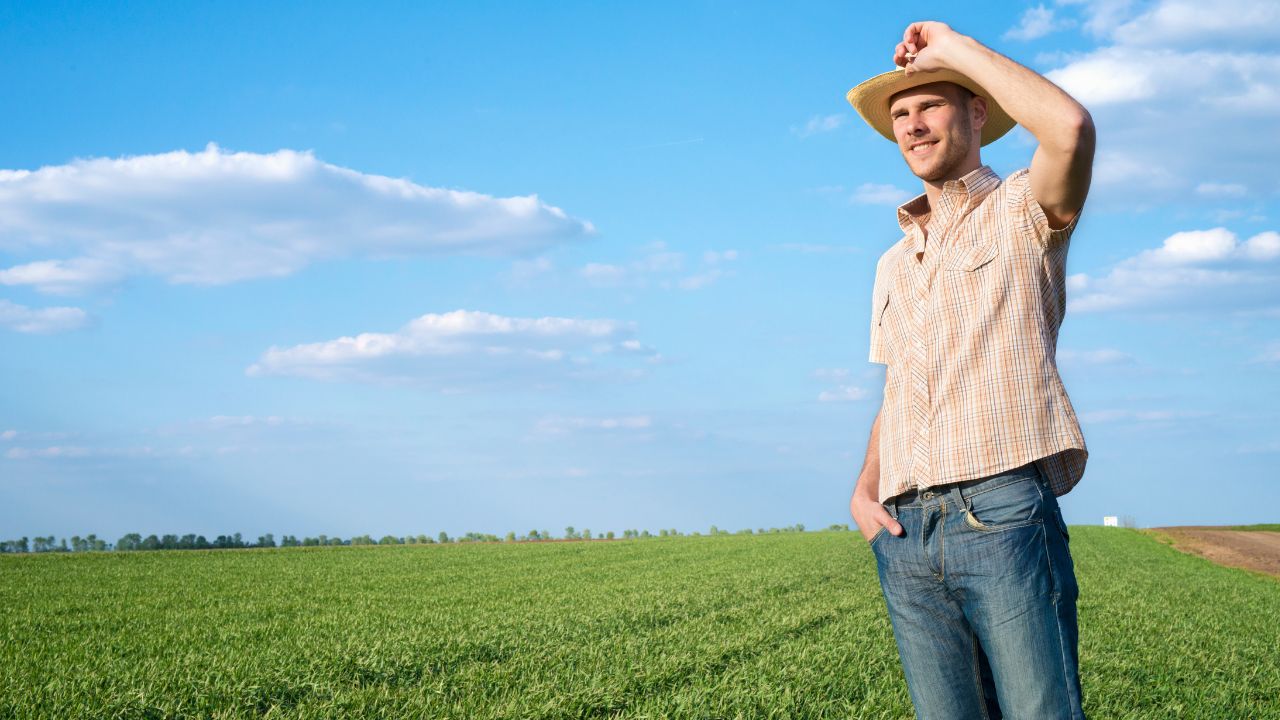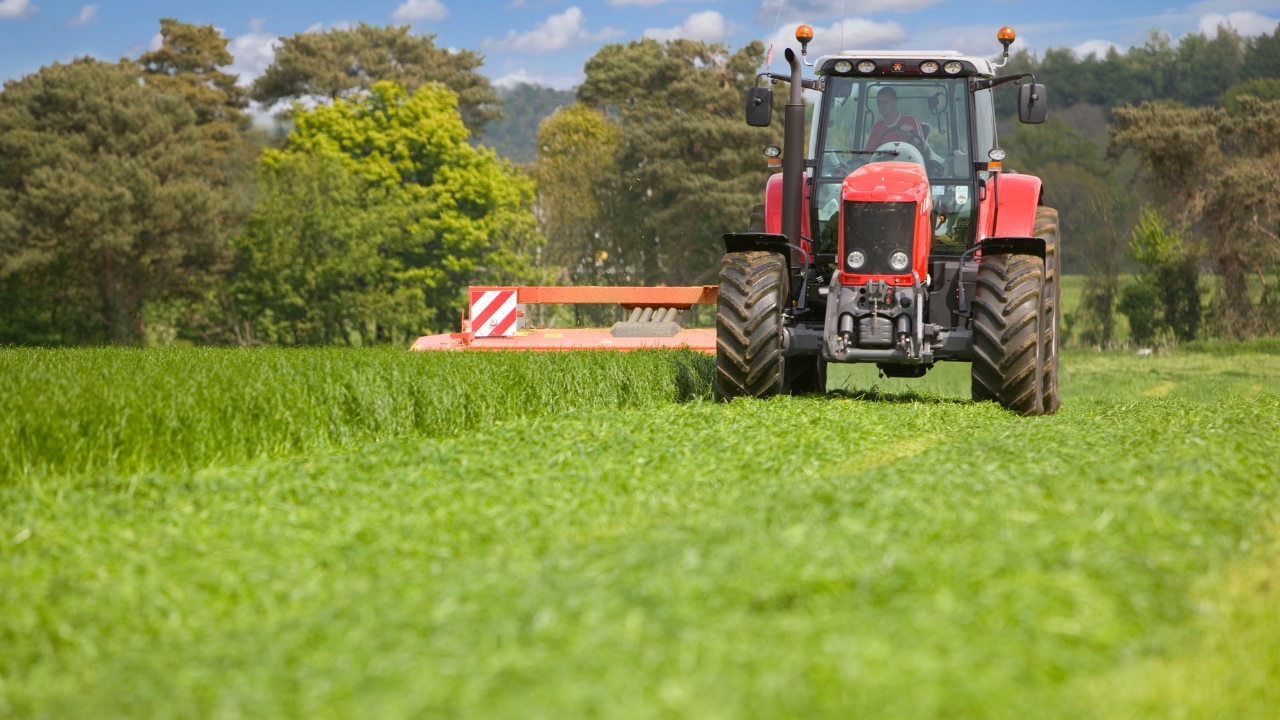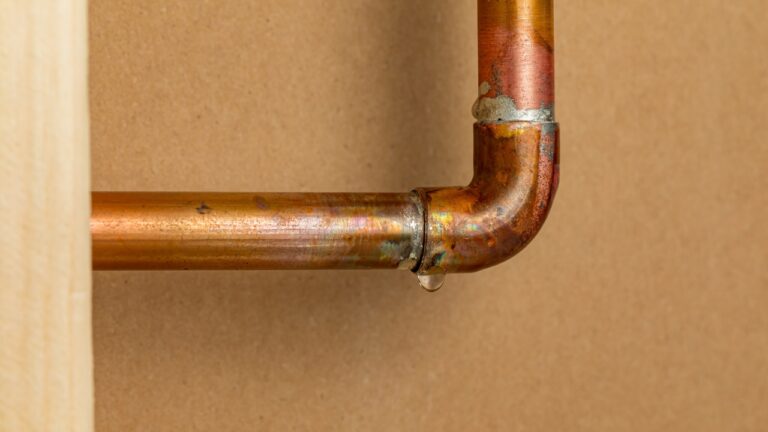You’re proud of your pasture—but don’t miss this hidden expense
There’s something satisfying about looking out over a green, healthy pasture. Whether it’s for grazing animals, cutting hay, or just keeping your property maintained, a well-kept field feels like an accomplishment.
But there’s a hidden cost that catches a lot of landowners off guard—and it doesn’t come from feed or fencing. It’s the long-term cost of pasture maintenance itself, especially when the soil balance, weeds, and nutrient levels are ignored for too long.
That perfect green doesn’t come free
Even the best-looking pasture can start to struggle without regular attention. Grass might seem like it grows forever on its own, but it’s constantly pulling nutrients from the soil. Without replacing those nutrients through fertilizer, manure management, or rotational grazing, the soil gets depleted. You might not notice it in one season, but a few years down the road, your grass density drops, weeds move in, and your animals have less to eat.
Fertilizer and lime costs can surprise you fast, especially on large acreage. A few hundred dollars a year can turn into thousands once you start correcting years of imbalance. That’s why regular soil testing matters—it tells you exactly what’s missing before you spend money guessing.
Weeds are a slow and expensive takeover
Every pasture has weeds, but when they start outcompeting your grass, they become an expensive problem. Thistles, ragweed, and dock all spread aggressively and steal water and nutrients that your forage needs. Spraying them isn’t cheap, and most herbicides work best when applied at specific times of the year.
If you wait too long, you’ll need multiple applications or mechanical cutting, both of which add fuel, time, and equipment wear to your costs. Staying ahead of weeds early—before they seed—saves far more than fighting them later. A little effort in spring and fall beats a full-scale battle by midsummer.
Overgrazing does more damage than you think

It’s easy to underestimate how quickly animals can wear down a pasture. When they graze the same area repeatedly without rest, the grass roots weaken, the soil compacts, and bare spots form. Those bare spots invite erosion and weeds, which leads right back to the cycle of costly reseeding and weed control.
Rotational grazing isn’t just for big operations—it’s one of the best ways to keep a small pasture healthy long-term. Giving each section time to recover between grazings keeps root systems strong and soil moisture balanced. The setup takes some planning, but it costs far less than constantly trying to repair overworked ground.
Equipment upkeep sneaks into the budget
Pasture maintenance eats through equipment faster than most people expect. Mowers, sprayers, seeders, and even ATVs take a beating on uneven ground. Belts, blades, and tires all wear out faster when you’re cutting tall grass or rough terrain. Then there’s fuel—regular mowing, spraying, and dragging the field can easily add up over the season.
It’s easy to forget to factor those expenses into your yearly plan. But a couple of maintenance passes a month over a few acres quickly turns into real fuel money and machine hours. Planning for those costs upfront helps keep your pasture looking good without resenting the price tag later.
Water management can’t be ignored
Even if your soil is perfect, poor drainage can ruin your hard work. Low areas that hold water drown roots and compact easily under animal weight. Meanwhile, dry patches struggle to regrow after grazing. You end up with uneven growth, bare dirt, and erosion—all of which lead to more reseeding and repair costs.
Fixing drainage problems might mean adding shallow ditches, redirecting runoff, or spreading gravel in problem spots. It’s not exciting work, but it’s cheaper than losing acres of good grass every spring.
Reseeding isn’t a one-time expense
Many landowners assume that once they seed a pasture, it’s set for life. But depending on grazing pressure, rainfall, and soil fertility, most pastures need partial reseeding every few years to stay productive. Whether you overseed by hand or use a no-till drill, seed costs alone can be significant—especially if you’re using high-quality blends.
Keeping good records of when you last seeded, what you used, and how it performed helps prevent over- or under-spending later. Sometimes a small overseed patch is all you need instead of a full redo.
The real cost of neglect shows up later
The hidden expense isn’t always the money you spend—it’s what you lose when you don’t spend it soon enough. Skipping soil tests, delaying weed control, or ignoring drainage might save a few hundred dollars in the short term, but it sets you up for major repair costs later. Once your pasture starts declining, recovery takes more fertilizer, more labor, and often an entire growing season before it’s usable again.
Good pasture management doesn’t mean spending endlessly—it means being proactive. Spending a little on soil health, equipment care, and rotation planning now prevents a lot of waste later.
Pride in your pasture should come with a plan

A healthy pasture is something to be proud of—it represents good land stewardship. But pride alone won’t keep it green. The hidden expense of owning land is realizing that every acre needs ongoing care, not a one-time setup.
Walk your field regularly. Watch how the grass recovers, where water pools, and which areas your animals prefer. Those small details will tell you what needs attention before it becomes a costly fix. A beautiful pasture is worth keeping that way—but it stays that way when you treat maintenance like part of ownership, not an afterthought.
Like Fix It Homestead’s content? Be sure to follow us.
- I made Joanna Gaines’s Friendsgiving casserole and here is what I would keep
- Pump Shotguns That Jam the Moment You Actually Need Them
- The First 5 Things Guests Notice About Your Living Room at Christmas
- What Caliber Works Best for Groundhogs, Armadillos, and Other Digging Pests?
- Rifles worth keeping by the back door on any rural property
*This article was developed with AI-powered tools and has been carefully reviewed by our editors.







